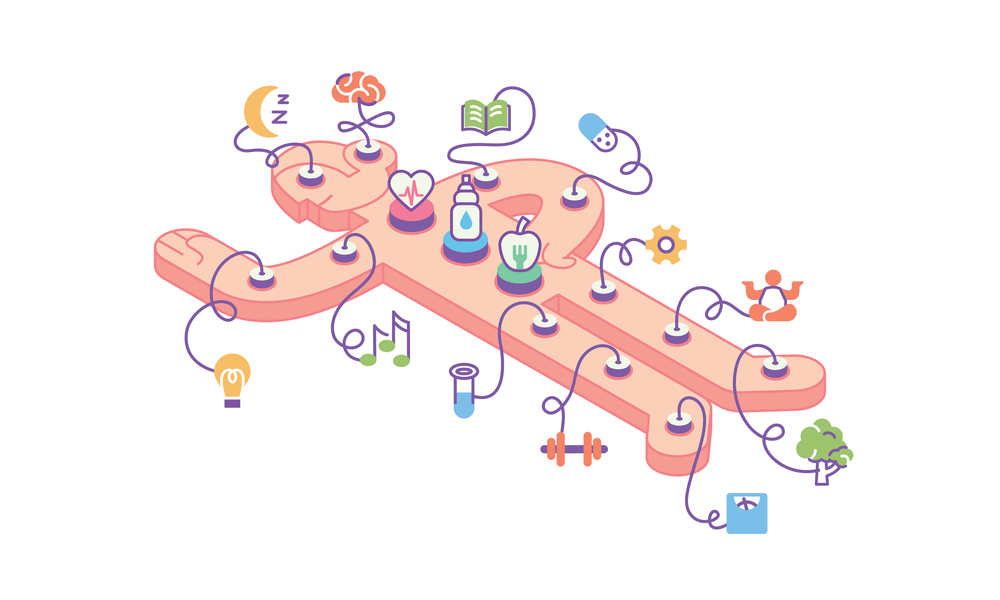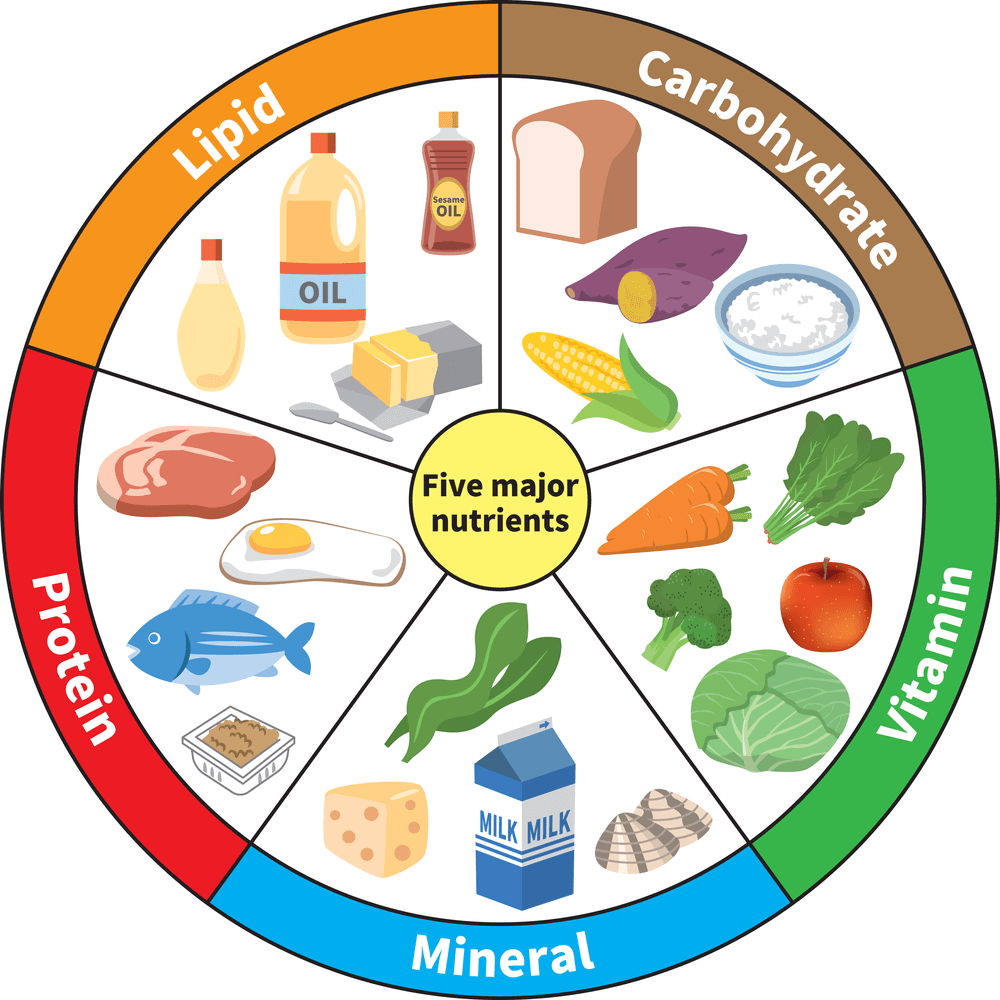Biohacking 1.0. or How to upgrade body non-invasively
Biohacking isn't always as extreme as implanting hardware or editing DNA. People succeed in making their lives better with lighter methods. Let's explore how.

Gateway to biohacking: life-changing routines
In recent decades, it has become socially appropriate to regard our bodies as something we can improve—make them more productive, energetic, healthier—and feel happier about them.
Biohacking is a movement of enthusiasts with backgrounds in biology and life sciences. It has roots in science fiction and transhumanist beliefs that a human body and mind can be one with technology, and this should be the next phase of human evolution.

Because of this connection, biohacking is commonly associated with extreme measures: neural implants, biotechnological changes, and gene editing. For example, artist Josiah Zayner did a microbiome transplant on himself to treat his gastrointestinal issues; later, he experimented with a DNA-based coronavirus vaccine. Course block
However, biohacking does not have to be that hardcore. Numerous people don’t rush to alter their bodies with unpredictable results. Instead, they stick to small steps and changes to their day-to-day lives. The “hacking” reflects “hacker culture” in its original sense: finding new and clever ways to overcome limitations. The movement can also be called “biopunk,” highlighting its technological, political, and artistic side. “DIY biology” is also a widespread term.
In fact, you might be using some biohacking tricks already. Let’s compare your day to that of a typical biohacker.
This person wakes up at 5 AM and meditates for at least 30 minutes. Then they take an ice-cold bath and several pills of nutrient supplements. Next, they jog to work for a little more than an hour.
During the day, they may visit the gym for a 7-minute high-intensity workout. After coming home, they may continue working in front of a standing desk under an infrared bulb. Finally, their day ends with a 15-minutes barrel sauna, a 3-minutes cold bath, and a meditation.

Does it look familiar? In fact, this is a typical day for Jack Dorsey, a billionaire and founder of Twitter and Square. He’s been doing this for many years, constantly tweaking the methods. As he said, his rigorous morning routine helps shock his system into action and prepare his body and mind for a challenging and long workday.
There are plenty of similar examples. Supplements, fasting, breathing, sleeping: many methods are believed to yield impressive results.

And if we look at history, it’s hardly anything new. Since ancient times, people have come up with countless daily routines, habits, and disciplines for a more fulfilling life. Yoga is a lifestyle practice to control and still the mind, originating in ancient India. Plato and his fellow ancient Greek philosophers were firm fasting believers. All of them would undoubtedly be considered biohackers today.
In this topic, we will find out non-hardcore and non-invasive ways to improve our well-being and effectiveness.
Biohaker’s diet
Biohackers regard our diet as a fundamental aspect of well-being.
Cells in our bodies produce energy from the components they get through digestion. They find new building blocks in the food to make more cells, cell parts, and molecules essential to our lives.
There are different types of things we get from food. For example, proteins are needed to build cells, enzymes, signal molecules, etc. Carbohydrates are mainly taken to produce energy. With fats, our bodies make cell parts, hormones, and other vital molecules.

